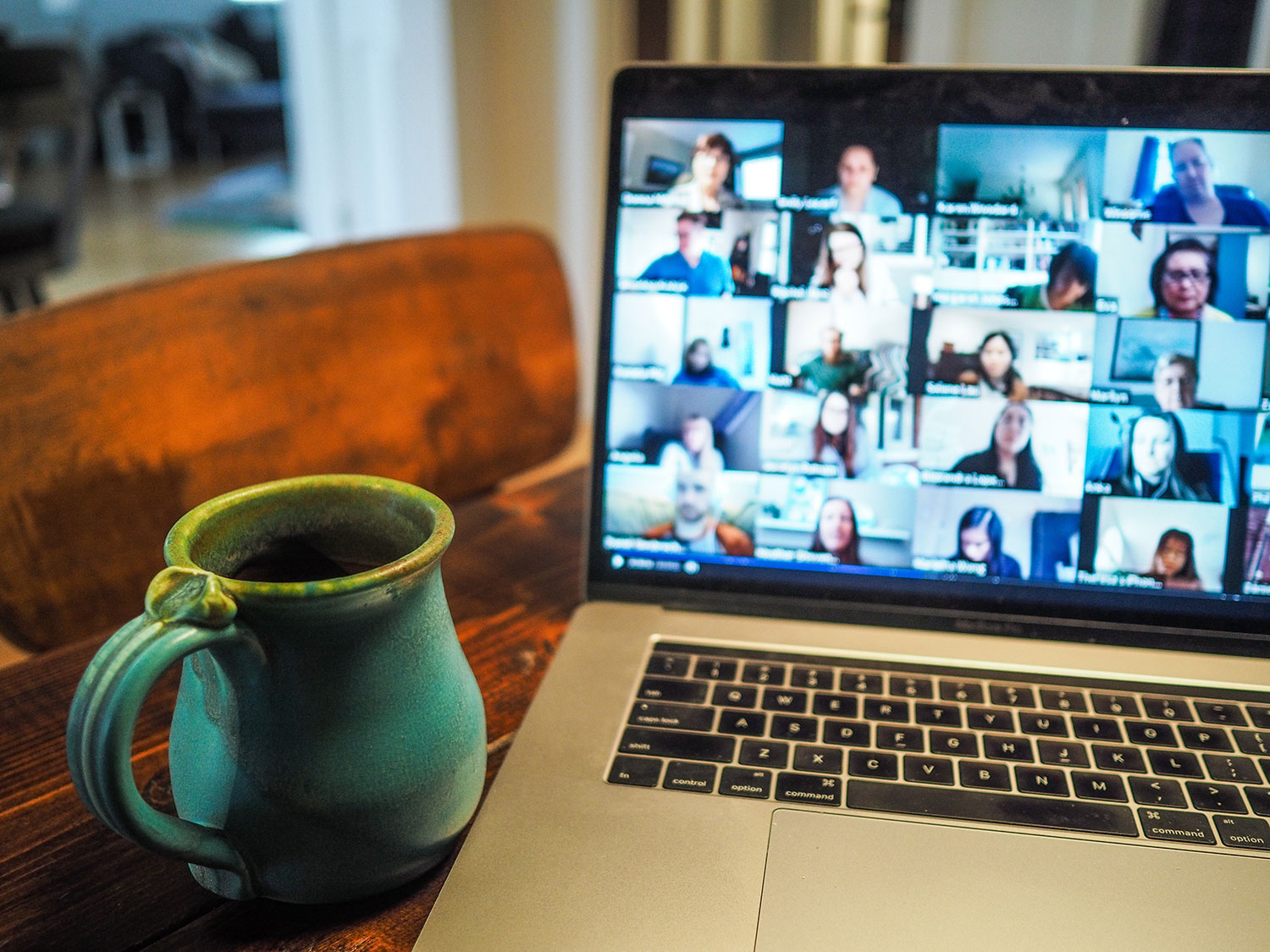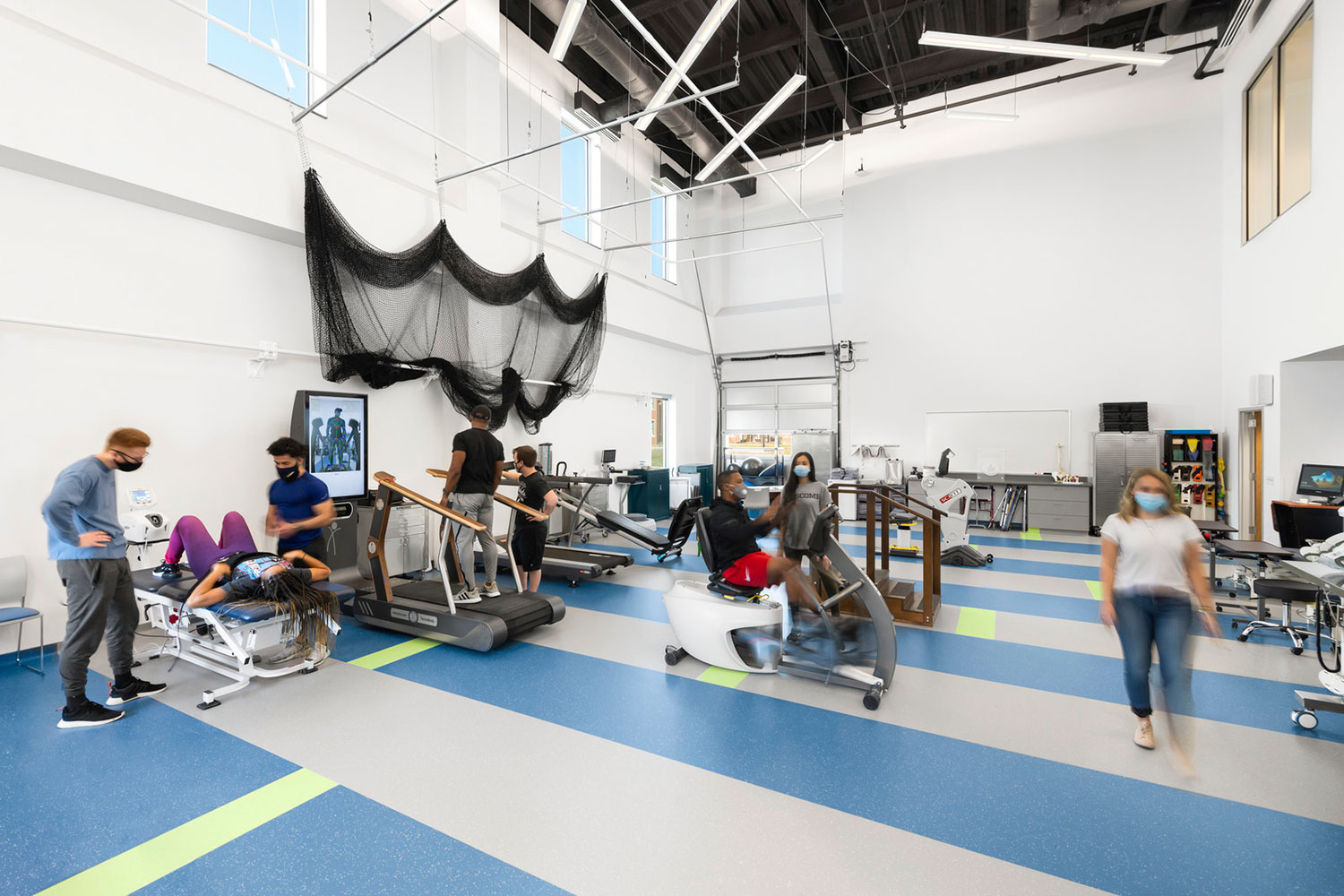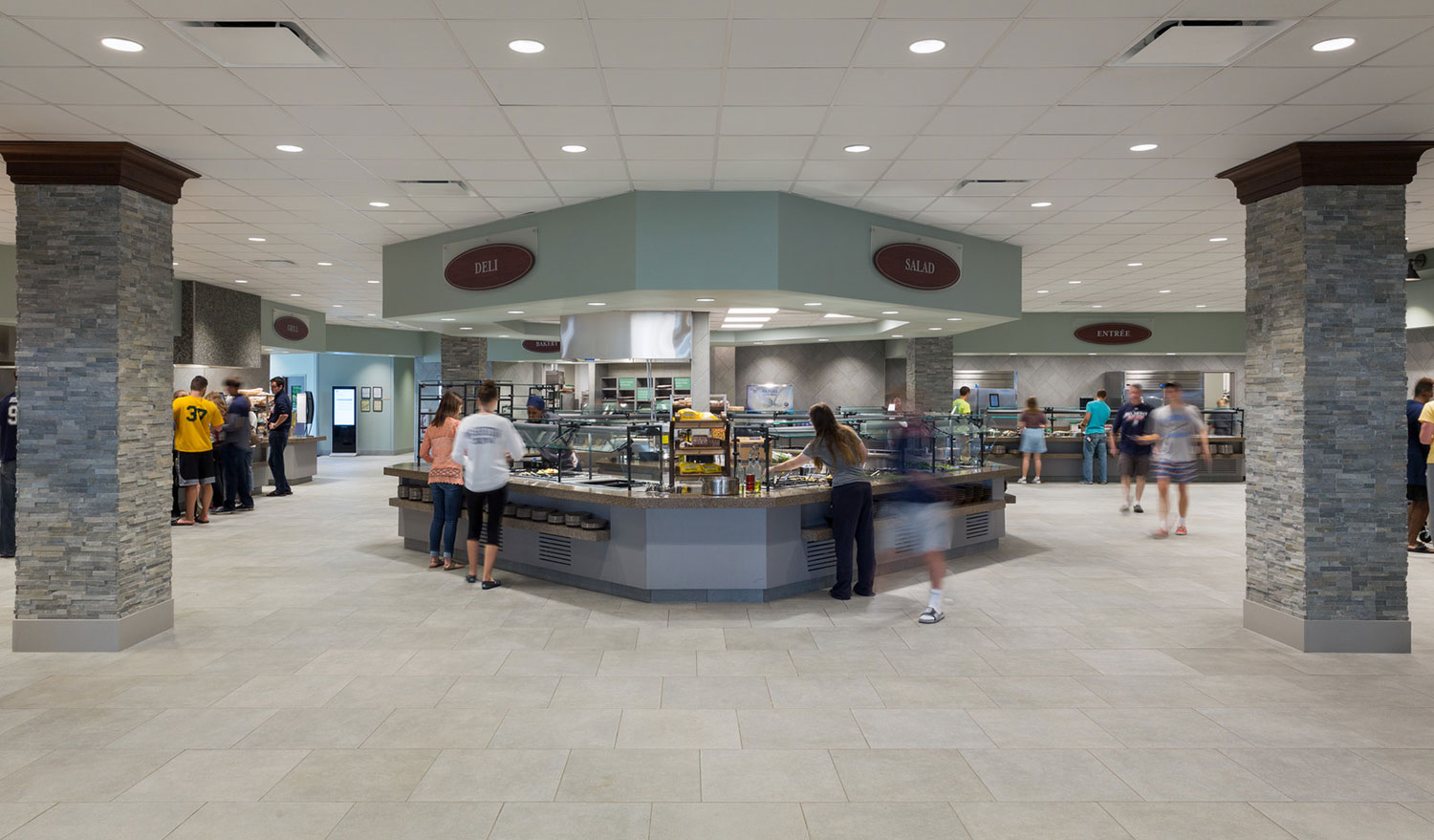Higher Education: Designing, Collaborating and Providing a Safe Environment during a Global Pandemic
Part of a larger series that looks at the impact of COVID-19, we sat down with Wendell Brown, AIA, ESa principal of 32 years who specializes in education design. We talked about the professional impact that the last year and a half has had, in addition to the changes experienced within the world of higher education.
What was it like to work and design during a global pandemic? What challenges did you face and what opportunities did you discover over the last year and a half?
As a working professional, the last year or so has been an interesting challenge. Thanks to investments made by the firm in technology before the COVID-19 pandemic, there was a seamless transition into remote working. Although this transition was smooth from the standpoint of easily being able to remote in, it came with added stress. This centered mostly on not knowing if we would be able to connect in as meaningful a manner as before. Architecture, in my view, is first and foremost a human-centered, team-sport. With this new integration of technology, we could carry on working on projects, but it was going to take more effort to be sure we were responding to the needs of our clients and the world at large.
COVID did present a unique opportunity to increase collaboration in the digital space and saw the implementation of new software that helped to bridge the gap associated with social distancing and remote work. This took place both internally between design team members and externally with clients. Accessibility also increased. If clients wanted to meet, we no longer had to travel; we could simply send a link and get to work. This is a change and expectation I anticipate will become standard during the course of projects in the future, regardless of COVID.

How did your relationship with clients change during this time?
For one thing, the amount of meetings related to projects doubled almost overnight. This was both due to the ease of digital meetings and also a concerted effort by the firm to increase collaboration in lieu of in person meetings. The team continued to design and deliver projects with existing clients. Pursuing new clients proved to be slightly more challenging. Networking changed as did the interviewing process. Years of experience with in-person networking, interviews and presentations was turned on its head as things went online. This required myself and the entire team to be more flexible in our approach to connect with potential clients on the other side of the screen.
Our team also prioritized checking in with clients to see how they were handling the crisis and how our team could help. On the construction administration end, we carried on field observation either digitally when possible and when in person utilizing a secure site.
Specifically in the world of Higher Education, what impact did COVID-19 have and how did Owners react to the pandemic?
The new normal within Higher Education is hybrid. Their delivery model for education quickly transitioned from on-campus to online, and while students are now returning to campuses, there is still a combination of in-person instruction and online classes taking place to prioritize community health and safety. The overall trend that I have seen with my clients and the industry at large is that Higher Education institutions rapidly embraced and held to strict CDC guidelines and have held consultants and partners to similarly high standards during the course of the pandemic.
Protecting students and faculty was their top priority, and they approached this from both a moral and pragmatic standpoint. Creating a safe learning environment was critical to continue operations and return things to as “normal” as possible keeping infection rates under control and avoiding lost revenue if students and parents decided to walk away.
The creation of a safety bubble for the campus community required all professionals working with Higher Education clients to reflect this same level of caution. The vast majority of clients I worked with and heard from had a plan and were robust in their levels of contingency. Protocols were developed early and stuck to – at a rate seemingly higher than other sectors of society.

Many institutions developed plans for students who would become infected and preemptively created dedicated COVID-19 infirmaries. These spaces consisted of dedicated wings within dorm rooms or off-campus hotel spaces. Regular testing, encouragement of mask wearing and vaccination have eased the threat to student populations returning to campus life, although variants remain.
Of note, some client’s athletic programs mimicked those of professional teams. One Tennessee state school made the call to separate their football team, providing them with separate dining facilities and general isolation from the larger community. This allowed for regular monitoring and testing as they competed and traveled. The separation kept the players safe from exposure within the community and protected the community at-large if there was exposure within the team.
The pandemic overall has been a financial challenge for many and a crisis for some. Higher education institutions and others in the industry, students included, have had to all reassess the value of education and how it is delivered. These challenges will inevitably lead to an increased focus on flexible learning environments.
What does the future of Higher Education look like, and what impacts of COVID will move with us into the future?
The future will feature an emphasis on technology and spaces that promote integration with it. The student of the future is near guaranteed to have online classes and the design world is asking if a dorm room is the best space for this type of learning. Emerging trends see a scenario like this: an on campus student, living in a dorm room, leaves their room and goes across the hall to a private enclave to take classes. These mixed-use, tech heavy spaces will be necessary in resident halls, student centered spaces such as a library or student center, and academic facilities moving forward. Access will not just be in real time but will allow education on-demand with streaming content accessible for students at their leisure. These trends existed before the pandemic but have been accelerated due to necessity and will quickly become the new standard.
Another large change, that a few years ago was sacrilegious to mention, is the removal and repurposing of faculty office spaces. There are two reasons for the movement away from dedicated faculty office space: the first is the increase in technology allows for remote meetings with students to take place whenever and wherever so dedicated meeting space is not as critical. Additionally, clients seem to view the faculty office as an expensive use of space that can be dedicated to other building uses. If institutions have faculty offices, they will likely be shared by multiple professors or an entire department.
Dining spaces are also changing, moving away from one large room with several large tables to more of a decentralized grouping model. This sees groups of tables and food stations spaced out within the dining area. This offers a variety of seating and moves away from the cafeteria model while also mitigating the spread of respiratory viruses by offering increased spaces between groups.

One typology that, at the start of the pandemic, looked destined for extinction was the large, indoor gathering spaces often incorporated into student union facilities. In conversations with Higher Education administrators and other designers, it has now become clear that while large indoor gatherings will look a little different for the near future, it is likely that people will still gather in these spaces and the demand for them will continue. This is also true for on-campus housing in the form of residence halls; while the program may change, students will largely still live on campus in the near future. These spaces will tend toward being healthier for the occupant and likely include better ventilation.
Any parting thoughts?
Many of these changes to the Higher Education landscape were not born of COVID but accelerated by it. The increased use of technology in the classroom and the incorporation of remote classes was starting to take hold and then became a necessity to protect lives during the pandemic. These changes increase the overall resilience of the Higher Education sector, as they have proven that they can deliver education during disruptive worldwide events.
The main take away is that while Higher Education will look different with more hybrid options, students who need or desire a digital education will be able to achieve this, while those seeking a residential, community experience will be able to safely gather on campuses and in classrooms similar to how they did before COVID-19.
To view ESa’s featured education spaces, check out our Education + Library portfolio.